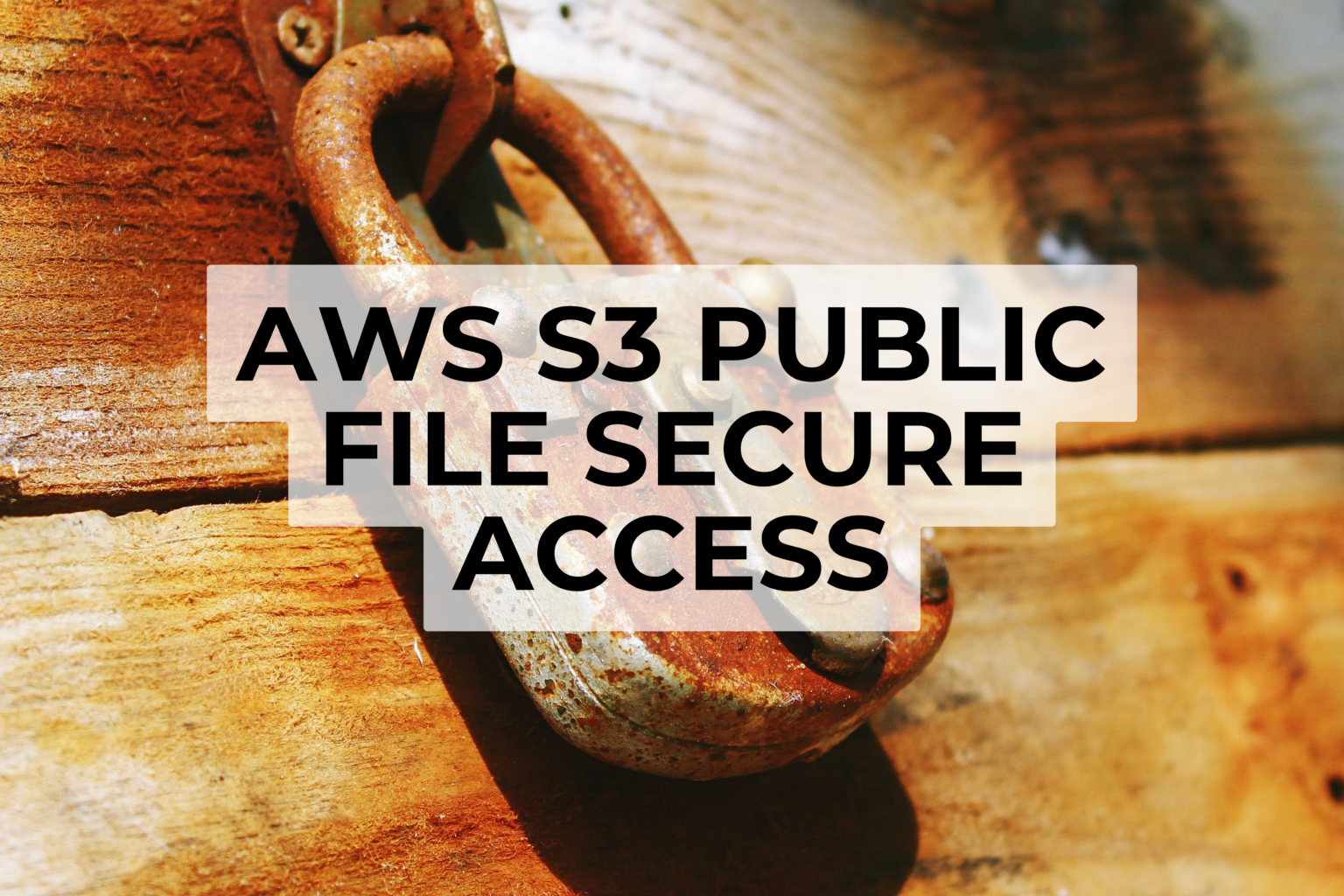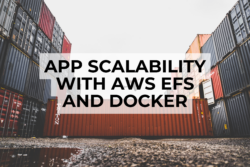Demystifying AWS S3 Buckets
Amazon Web Services (AWS) S3 (Simple Storage Service) is equivalent to your own personal cloud storage warehouse. Each AWS S3 ‘bucket’ can be filled with ‘objects’ or files that are stored, managed, and retrieved in an extremely simple and secure manner.
For instance, imagine a popular photo-sharing platform that hosts thousands of user-uploaded images. Instead of deteriorating their own server capacity, AWS S3 offers a viable, secure, and efficient solution.
Understanding Access Control Lists (ACLs)
Think of ACLs as a digital key to your storage bucket. They decide who is allowed access to each bucket and to what extent. The level of access can be determined based on the user’s need.
Consider our photo-sharing platform, the users (public) are allowed to view and download images but the ability to upload, edit or delete content is restricted to administrators or specific users. These permission boundaries are set by ACLs.
Configuring ACL for a Public Read-Only Bucket: A Practical Example:
Now, let’s say you want a bucket in your AWS S3 that anyone can view, but only you can manage. Let’s dive into the bucket and take a look at how such an ACL would be set up:
{
"Version": "2012-10-17",
"Statement": [
{
"Sid": "PublicReadForGetBucketObjects",
"Effect": "Allow",
"Principal": "*",
"Action": [
"s3:GetObject"
],
"Resource": [
"arn:aws:s3:::YOUR-BUCKET-NAME/*"
]
},
{
"Sid": "Read-Only Access to Bucket’s List",
"Effect": "Allow",
"Principal": "*",
"Action": [
"s3:PutObject",
"s3:PutObjectAcl"
],
"Resource": [
"arn:aws:s3:::YOUR-BUCKET-NAME/*"
]
}
]
}
You can see here that the access for the GetBucket (or ‘read’) action, and the ListBucket action have been explicitly allowed to “Principal”: “*” (this means “everyone”). However, there is no mention of the ‘write’ or ‘delete’ actions, thereby restricting it to only you. Replace YOUR-BUCKET-NAME with the actual name of your bucket.
Remember, be careful when managing ACLs. Providing inappropriate permissions can lead to a possible security breach.
Reinforcing your Steps: Common Errors & Fixes
As easy as configuring ACL might seem, remember to never put all your eggs in one basket. Overexposing your data or underexposing them both can lead to hindrances, the secret lies in maintaining a perfect balance.
Excited to explore more about AWS S3 buckets and fine-tune your ACL configurations? I’m here to guide you. Book a Free Session with me today!






